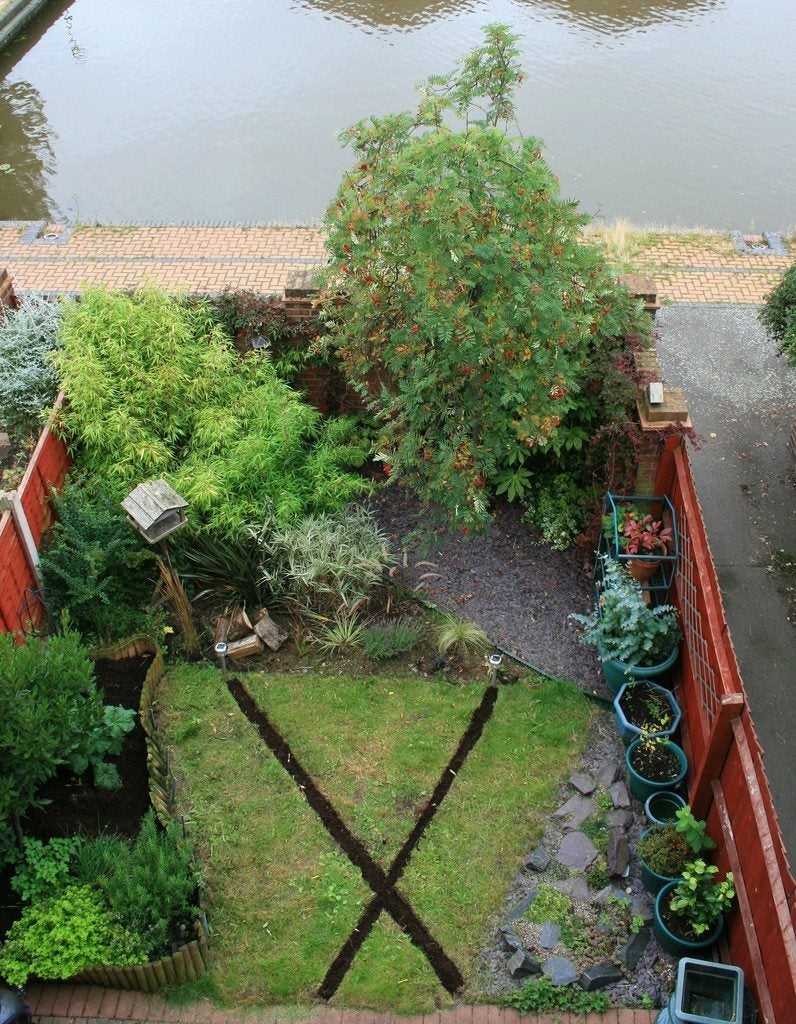Urban Patio Gardens: Designing A Patio Garden In The City


Just because you live in a small space doesn’t mean you can’t have a garden. If you have any kind of outdoor space, you can create a little urban oasis. Whether you want a refreshingly green place to sit or a productive edible space, you’d be amazed what you can do with a small urban patio. Keep reading to learn about creating an urban patio garden.
Designing a Patio Garden in the City
The main concern when designing a small urban patio is, of course, space. One of the easiest ways to keep from feeling restricted by space is by allowing for mobility. Set out folding chairs and tables that can be moved or taken away easily to accommodate guests. Also, choose furniture made of glass or thin metal: your eye can see through them and won’t perceive them as taking up much space. In urban patio gardens, container plants are often the best choice because they can be set on walls or tucked into corners to fill a space in a way raised beds cannot. They’re also very mobile, and can be arranged to suit any occasion or season, giving your small urban patio flexibility that combats the restrictiveness of a cramped space. Take this mobility a step further by placing your containers in wagons or carts that can be wheeled around or even inside as needed.
Patio Garden Plants and Accents
Before you start planting, it’s important to get a sense of what kind of sun your patio receives. If you’re planting on a rooftop, odds are you get a lot more direct sunlight than if you’re planting in a walled-in backyard. If your patio really receives little light, opt for plants that thrive in shade, like salad greens and hostas. The more light you receive, the more variety of patio garden plants you can grow. Arrange them so that full sun plants overshadow the shade plants. Climbing plants, such as peas, beans, and cucumbers, take up very little square footage, create a natural wall for your garden, and add a vertical level of interest. Additionally, eaves, overhangs, awnings and even nearby tree branches can be used for adding hanging plants, wind chimes, or bird feeders.
Sign up for the Gardening Know How newsletter today and receive a free copy of our e-book "How to Grow Delicious Tomatoes".

The only child of a horticulturist and an English teacher, Liz Baessler was destined to become a gardening editor. She has been with Gardening Know how since 2015, and a Senior Editor since 2020. She holds a BA in English from Brandeis University and an MA in English from the University of Geneva, Switzerland. After years of gardening in containers and community garden plots, she finally has a backyard of her own, which she is systematically filling with vegetables and flowers.